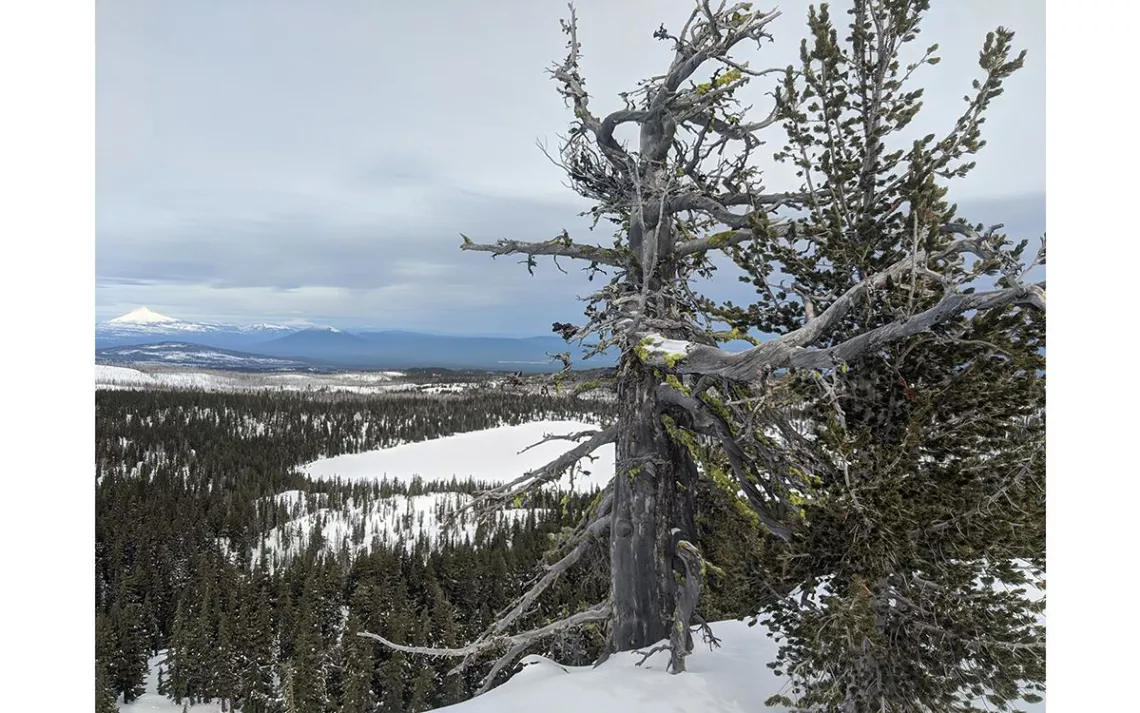Happy 47th Anniversary, Endangered Species Act!
Meet 10 species poised to benefit under the Biden administration
On this day in 1973, the US Congress came together in bipartisan agreement to pass the Endangered Species Act, thus making the prevention of extinction a moral and legal imperative. Forty-seven years later, the ESA—the reason we still have bald eagles, grizzly bears, humpback whales, peregrine falcons, and so many more creatures and plants—remains the world’s most effective law for wildlife conservation. It not only safeguards the 2,244 domestic species currently listed but also their habitats. The act has been a huge success—less than 1 percent of listed species have gone extinct, and its holistic approach to preservation has bettered conditions for countless other creatures.
As the past four years have repeatedly made clear, however, every victory can be undone, every success story reverse-engineered into heartbreak. Since the 1990s, polls have consistently found 80 to 90 percent public approval for the ESA, regardless of political affiliation. Still, from its inception, the law has been under attack, most notably from the mining, oil and gas, and livestock industries—and from Republican legislators who say it burdens landowners, hampers industry, and hinders economic growth. But the ESA hit its greatest hurdle yet during this past administration: During his time in office, Trump reversed or weakened more than 80 rules and regulations protecting the environment—including 11 directly addressing wildlife protections. This after the UN warned us all that climate change and mass industrialization are poised to drive a million species into extinction, and that protecting land and biodiversity is critical to keeping greenhouse gas emissions in check.
OK, now for some good news. Much of the Trump administration’s anti-ESA action is being challenged in court and has already resulted in a handful of reinstatements. And the incoming interior secretary, Representative Deb Haaland, has been a leader in pushing the US to embrace a national goal of protecting 30 percent of lands and waters by 2030, which scientists say will help stem the ongoing extinction crisis. In honor of the ESA’s birthday, we called up Noah Greenwald, director of the endangered species program at the Center for Biological Diversity, to get a better sense of wildlife advocates’ New Year’s resolutions.
“In general, we’re hopeful that we'll a least undo the damage that the Trump administration did,” Greenwald says, “and get a little bit past that too.” In fact, wildlife advocates are cautiously hopeful that some species could see a rebound as soon as 2021. Here’s a slideshow featuring 10 of them, and here’s to a more biodiverse, climate-resilient 2021!
 The Magazine of The Sierra Club
The Magazine of The Sierra Club












